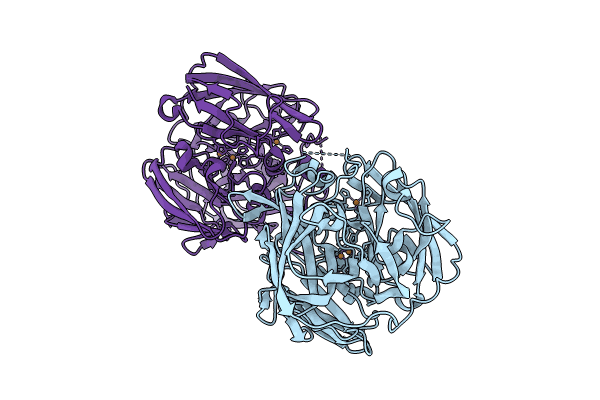
Deposition Date
2023-05-21
Release Date
2024-02-21
Last Version Date
2024-06-05
Entry Detail
PDB ID:
8P4G
Keywords:
Title:
Crystal structure of a multicopper oxidase 3F3 variant from Pyrobaculum aerophilum
Biological Source:
Source Organism:
Pyrobaculum aerophilum str. IM2 (Taxon ID: 178306)
Host Organism:
Method Details:
Experimental Method:
Resolution:
2.59 Å
R-Value Free:
0.25
R-Value Work:
0.21
R-Value Observed:
0.21
Space Group:
P 41 21 2


